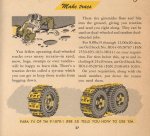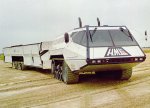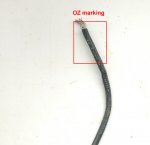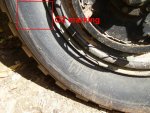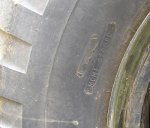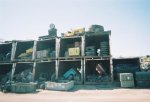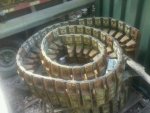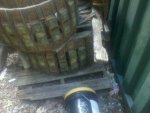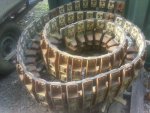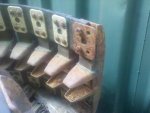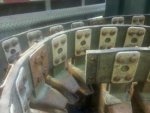Perhaps you can answer a question for me; I understand that the "OZ" marking on rubber items indicates that they are ozone resistant, is this an expensive ingredient and does the military require more of it than would be found in a similar civilian application?
I visited a tire recapping plant some time ago and I was told that when they recapped military tires (NDCCs), they had to add extra chemicals to the mix.
I am not familar with the "OZ" marking. At Caterpillar we manufactured a lot of specialized rubber parts and none were marked this way.
Ozone, along with oxygen and ultraviolet light degrade and eventually destroy most types of ruber over time. Rubber formulations ("recipes") contain chemicals designed to slow down this degradation.
These anti-oxidants / anti-ozonants slowly bleed to the surface of the rubber part and form a film or barrier. The oxygen and ozone attack the chemical barrier rather than the rubber under it. It is a sacrifical layer and must be replenished to work over time.
If it is a dynamic rubber part like a tire or engine mount, when the vehicle is operated, the rubber is flexed, it warms up and more chemical bleeds out to to surface of the rubber. If the vehicle is parked for a long time, the sacrifical barrier is used up, but not replenished. This is what causes tires to "dry-rot".
It shows up as cracks in the sidewall and between the tread bars.
The anti-oxidant/anti-ozonant chemicals are expensive so a minimum amount is added. Because the military expects vehicles to sit a lot, the DoD may specify a higher percentage of these chemicals be added.
During the recession of the early 80's CAT sales were low and some vehicles sat for 2 - 3 years before being sold. CAT had to replace millions of dollars worth of tires due to "dry-rot" before the machines could be sold.



